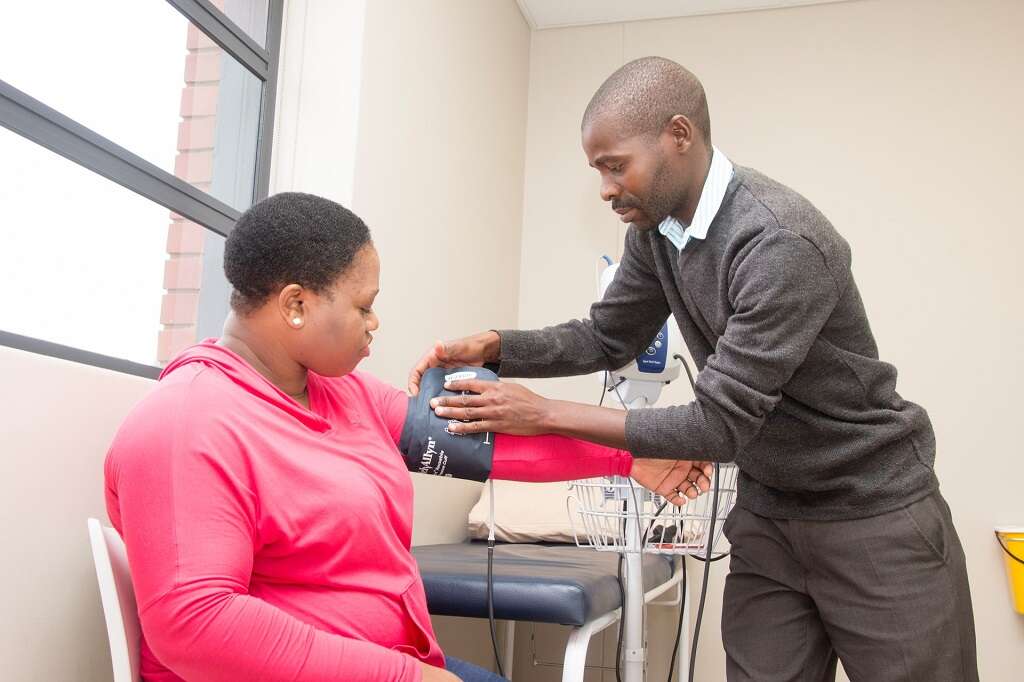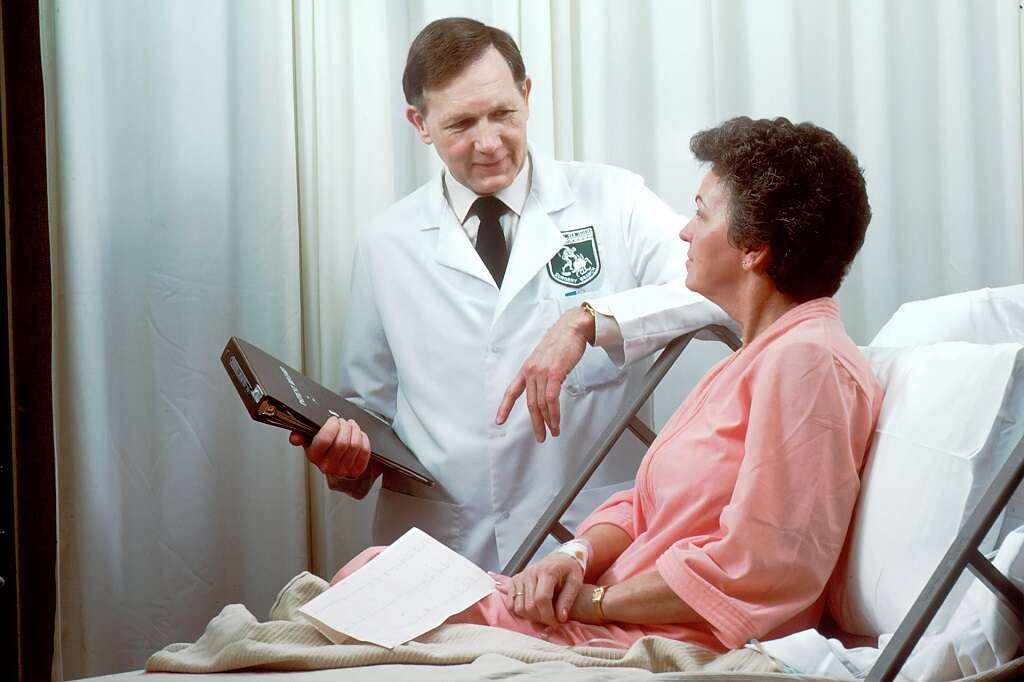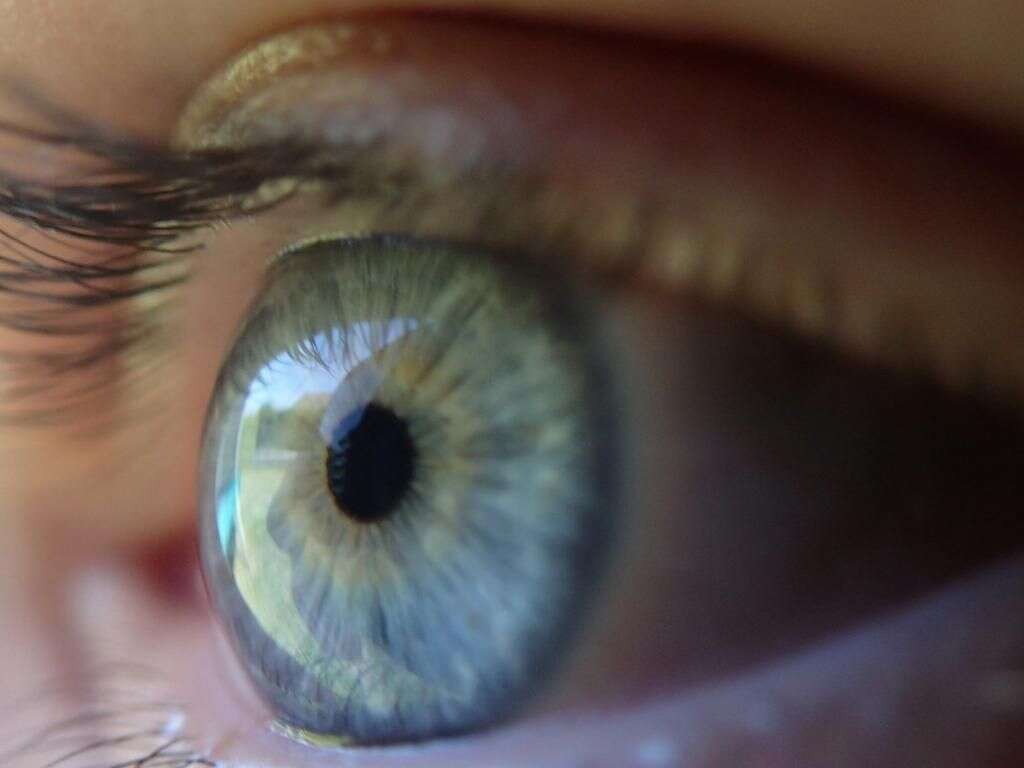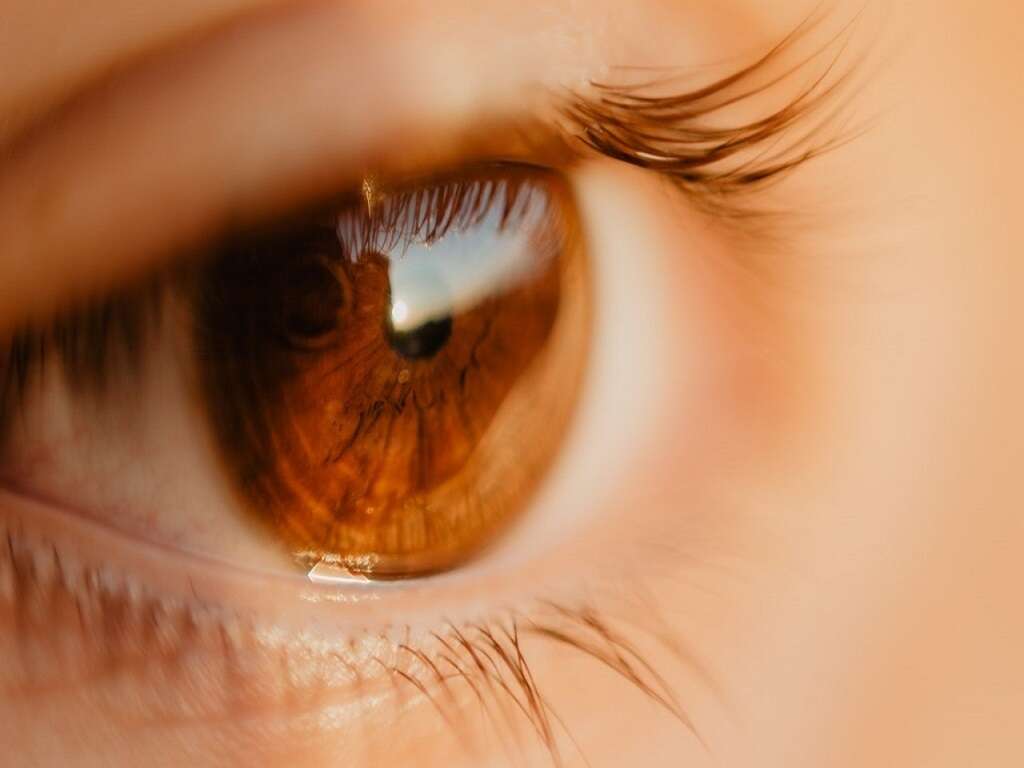Amaurosis Fugax Definition, Causes & More
 Article Sources
Article Sources
- 1. 'Amaurosis Fugax: MedlinePlus Medical Encyclopedia.' MedlinePlus, U.S. National Library of Medicine, medlineplus.gov/ency/article/000784.htm.
- 2. Prassana, Tadi, Najem, Kinda, and Margolin, Edward. 'Amaurosis Fugax', StatPearls Publishing, https://www.ncbi.nlm.nih.gov/books/NBK470528/
- 3. 'Mending Vision in Patients with Eye Vein Clots.' National Institutes of Health, U.S. Department of Health and Human Services, 22 Apr. 2016, www.nih.gov/news-events/nih-research-matters/mending-vision-patients-eye-vein-clots.
- 4. Mehta, Sonia. 'Blockage of Central Retinal Arteries and Branch Retinal Arteries - Eye Disorders.' Merck Manuals Consumer Version, Merck Manuals, www.merckmanuals.com/home/eye-disorders/retinal-disorders/blockage-of-central-retinal-arteries-and-branch-retinal-arteries.
- 5. 'Optic Neuritis.' Mayo Clinic, Mayo Foundation for Medical Education and Research, 12 Feb. 2020, www.mayoclinic.org/diseases-conditions/optic-neuritis/symptoms-causes/syc-20354953.
- 6. 'Visual Disturbances Related to Migraine and Headache.' American Migraine Foundation, 10 July 2020, americanmigrainefoundation.org/resource-library/visual-disturbances-migraine/.
- 7. 'Brain Tumors Affecting Vision, Eye Problems.' Moffitt Cancer Center, Moffitt Cancer Center, moffitt.org/cancers/brain-tumor/symptoms/eye-problems/.
- 8. 'Vision Problems.' National Multiple Sclerosis Society, www.nationalmssociety.org/Symptoms-Diagnosis/MS-Symptoms/Vision-Problems.
- 9. 'Polyarteritis Nodosa.' Genetic and Rare Diseases Information Center, U.S. Department of Health and Human Services, rarediseases.info.nih.gov/diseases/7360/polyarteritis-nodosa.
- 10. 'Vision Problems and Traumatic Brain Injury.' Vision Problems and Traumatic Brain Injury | Model Systems Knowledge Translation Center (MSKTC), msktc.org/tbi/factsheets/vision-problems-and-traumatic-brain-injury.
- 11. Patel, Sayjal J, and Diane C Lundy. 'Ocular manifestations of autoimmune disease.' American family physician vol. 66,6 (2002): 991-8
- 12. Shapiro, Deborah. 'Stroke-Related Vision Loss: Vision Rehabilitation at Wilmer Eye Institute.' Stroke-Related Vision Loss | Vision Rehabilitation At, Wilmer Eye Institute, 24 Sept. 2019, www.hopkinsmedicine.org/wilmer/services/low/vision/Stroke-Related/Vision/Loss/low/vision.html.
Amaurosis fugax describes transient vision loss in one or both eyes, when vision is lost for a temporary period under 24 hours, usually lasting a few seconds to few minutes. This is caused by a lack of blood flow to the retina.1‘Amaurosis Fugax: MedlinePlus Medical Encyclopedia.’ MedlinePlus, U.S. National Library of Medicine, medlineplus.gov/ency/article/000784.htm.
Amaurosis fugax is not itself a disease, but a symptom of other conditions. It is often one of the first signs of a stroke, so individuals experiencing vision loss should always seek out medical care immediately, even if no other symptoms are present during the loss of vision. While some causes, like migraines, are relatively benign, other causes are more serious.

1. Blood Clot in the Veins
The formation of blood clots that reduce or halt the flow of blood to the retinal veins is referred to as retinal vein occlusion. These blood clots can cause permanent damage to the eye and even blindness if left untreated. There are two types of these clots: If they occur in a large vein, it’s a central retinal vein occlusion (CRVO), while clots in smaller veins are branch retinal vein occlusions (BRVO).3‘Mending Vision in Patients with Eye Vein Clots.’ National Institutes of Health, U.S. Department of Health and Human Services, 22 Apr. 2016, www.nih.gov/news-events/nih-research-matters/mending-vision-patients-eye-vein-clots.
Laser therapy and injections can both be used to treat BRVOs, but there are currently limited options available for CRVOs. However, initial trials of injections show positive signs for CRVOs.

2. Clogged Artery
Arteries that supply blood to the retina can become clogged by a blood clot or solid materials like plaque and fat that make their way into the bloodstream. Risk factors for clogged arteries are numerous and include cocaine usage, smoking, hypertension, person or family history of strokes, and aging.4Mehta, Sonia. ‘Blockage of Central Retinal Arteries and Branch Retinal Arteries - Eye Disorders.’ Merck Manuals Consumer Version, Merck Manuals, www.merckmanuals.com/home/eye-disorders/retinal-disorders/blockage-of-central-retinal-arteries-and-branch-retinal-arteries.
Treatment methods to restore vision include steroid injections, laser therapy, and medicated eye drops. Unfortunately, these treatments are usually unsuccessful, making prevention a priority for any individual.

3. Optic Neuritis
Another cause of amaurosis fugax is optic neuritis, which refers to damage to the optic nerve caused by inflammation. In lupus and other autoimmune disorders, the optic nerve can become inflamed due to the immune system mistakenly attacking the body’s tissues.
Symptoms include partial in total vision loss (usually in one eye) and pain during eye movement. Other symptoms can include seeing flashing lights, loss of color vision, and loss of vision in the middle or on the side of the eye.5‘Optic Neuritis.’ Mayo Clinic, Mayo Foundation for Medical Education and Research, 12 Feb. 2020, www.mayoclinic.org/diseases-conditions/optic-neuritis/symptoms-causes/syc-20354953.

4. Migraines
Migraines can cause a number of visual disturbances, including so-called negative and positive symptoms. They usually only last for up to 30 minutes, and sometimes only occur for a few seconds at a time. Partial or total vision loss can occur in one or both eyes, but most visual issues caused by migraines occur in both.
While migraines typically get better or vanish completely as an individual ages, vision problems can persist for decades after migraines cease. This usually begins at age 50.6‘Visual Disturbances Related to Migraine and Headache.’ American Migraine Foundation, 10 July 2020, americanmigrainefoundation.org/resource-library/visual-disturbances-migraine/.

5. Brain Tumor
Brain tumors can cause amaurosis fugax, along with other vision issues including blurring, double vision, and sensitivity to light. These problems occur when tumors put pressure on the occipital lobe of the brain, the area of the brain responsible for interpreting visual information. Tumors can also put pressure on the optic nerve, resulting in similar issues.
If the brain tumor is successfully removed, then vision problems usually go away. However, it’s important that treatment is administered early, as unchecked tumor growth can lead to blindness.7‘Brain Tumors Affecting Vision, Eye Problems.’ Moffitt Cancer Center, Moffitt Cancer Center, moffitt.org/cancers/brain-tumor/symptoms/eye-problems/.

6. Multiple Sclerosis
Multiple Sclerosis (MS) can cause several types of vision problems, including optic neuritis. Usually, MS doesn’t lead to any permanent vision loss, with vision returning after partial or total loss in most cases. However, residual effects are common, and partial loss of vision or blurriness occasionally occurs.8‘Vision Problems.’ National Multiple Sclerosis Society, www.nationalmssociety.org/Symptoms-Diagnosis/MS-Symptoms/Vision-Problems.
Vision problems are some of the first signs of MS, while total vision loss is usually the last symptom to develop. In most cases, it’s preceded by washed-out colors, pain and blurry spots affecting the vision.

7. Polyarteris nodosa
A rare blood vessel disease that causes inflammation in small to medium-sized arteries, polyarteris nodosa can affect a number of bodily organs including the skin, joints, and eyes. Inflamed arteries may become too swollen to efficiently transport blood, which can lead to organs functioning at a reduced capacity, or even shutting down.
Polyarteris nodosa only affects the eye in 1-4 percent of patients, but when it does it can cause blurred or double vision, as well as partial or total vision loss.9‘Polyarteritis Nodosa.’ Genetic and Rare Diseases Information Center, U.S. Department of Health and Human Services, rarediseases.info.nih.gov/diseases/7360/polyarteritis-nodosa.

8. Traumatic Brain Injury
A traumatic brain injury can have many effects on the body, including blurred eyesight, loss of peripheral vision, and total loss of vision in one or both eyes. When this occurs due to a brain injury, treatment can be difficult to administer, as brain injuries are notoriously tough to resolve.
Amaurosis fugax may also be experienced alongside troubles with depth perception, eye pain, discomfort, motion sickness, and maintaining normal movement. Processing visual information may also be impaired.10‘Vision Problems and Traumatic Brain Injury.’ Vision Problems and Traumatic Brain Injury | Model Systems Knowledge Translation Center (MSKTC), msktc.org/tbi/factsheets/vision-problems-and-traumatic-brain-injury.

9. Autoimmune Disease
Many different autoimmune disorders can result in ocular issues. Rheumatoid arthritis, giant cell arteritis, and Graves’ disease can all lead to various complications which could cause amaurosis fugax and eventual blindness in the absence of treatment.
Medical professionals will act quickly whenever vision problems are noted in a patient and administer a number of tests to determine the cause. When autoimmune diseases lead to vision problems, surgery may be required.11Patel, Sayjal J, and Diane C Lundy. ‘Ocular manifestations of autoimmune disease.’ American family physician vol. 66,6 (2002): 991-8

10. Stroke
Because strokes can occur in any part of the brain, vision loss and other visual symptoms can vary somewhat depending on a stroke’s location and severity. Amaurosis fugax can occur when the occipital, temporal, or parietal lobe have been damaged by the stroke.
Treating vision loss in a stroke victim includes rehabilitating patients with normal daily activities in an effort to restimulate the affected areas. Prism lenses are sometimes prescribed to widen the field of vision.12Shapiro, Deborah. ‘Stroke-Related Vision Loss: Vision Rehabilitation at Wilmer Eye Institute.’ Stroke-Related Vision Loss | Vision Rehabilitation At, Wilmer Eye Institute, 24 Sept. 2019, www.hopkinsmedicine.org/wilmer/services/low/vision/Stroke-Related/Vision/Loss/low/vision.html.









